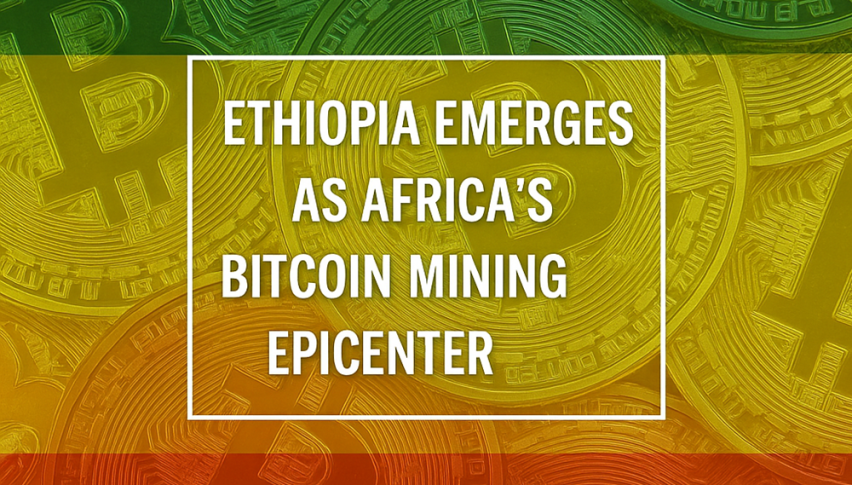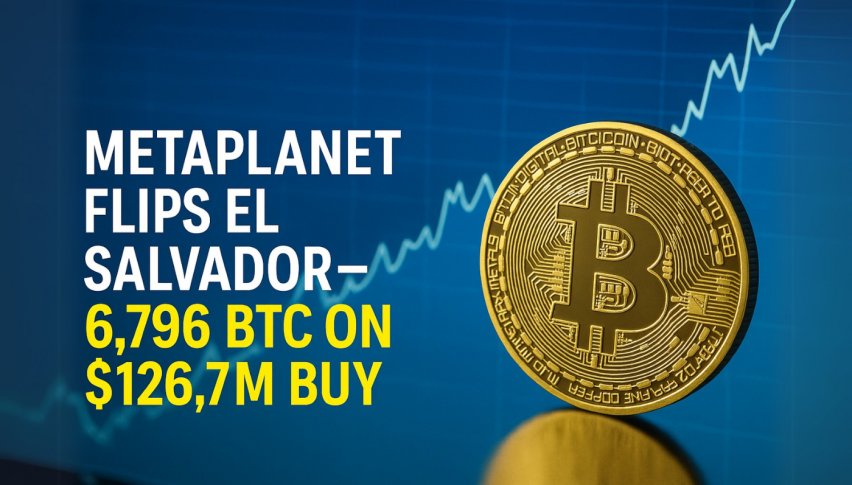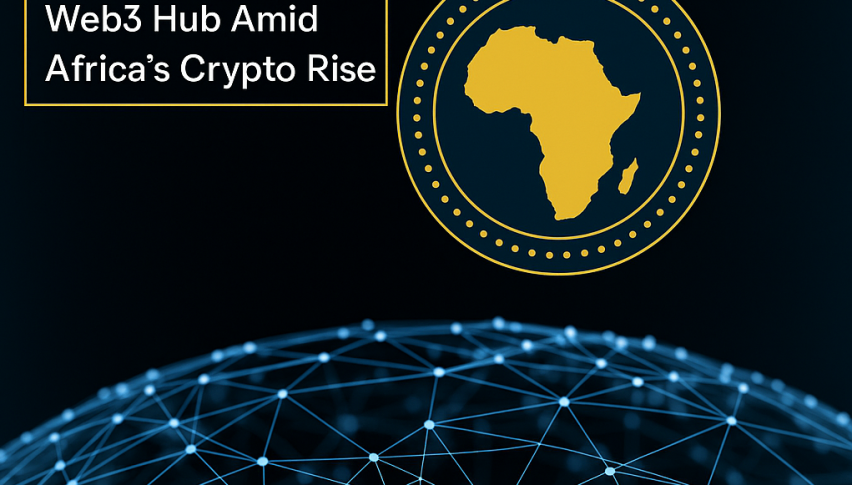Bitcoin Mining Shifts to Ethiopia – Eyes 7% Global BTC Hashrate in 2025
Ethiopia is quickly becoming a strategic hub for the Bitcoin mining sector as it grows internationally, owing to its potential for renewable

Quick overview
- Ethiopia is emerging as a strategic hub for Bitcoin mining due to its renewable energy potential and investment appeal.
- The country's hydroelectric power, particularly from the Grand Ethiopian Renaissance Dam, provides cheap electricity for mining operations.
- Ethiopia currently contributes about 2.5% to the global Bitcoin hash rate, with projections to increase this share significantly.
- Bitcoin mining is generating approximately $65 million annually for Ethiopia, positioning the country as a potential crypto-driven economic leader in Africa.
Live BTC/USD Chart
Ethiopia is quickly becoming a strategic hub for the Bitcoin mining sector as it grows internationally, owing to its potential for renewable energy and its appeal to investors.
A Post-China Ban Mining Shift
The global Bitcoin mining landscape changed dramatically in 2021 after China imposed a sweeping ban on mining operations. This created a gap in the market—and new opportunities for regions with low-cost, renewable energy. Ethiopia quickly stood out.
Within a few years, the country attracted mining companies like BitFuFu, Munich International Mining (MIM), and BIT Mining (BTCM), which together signed a $14 million deal to acquire 51 megawatts (MW) of mining infrastructure and deploy nearly 18,000 mining rigs. BIT Mining recently acquired a 51 MW Bitcoin mine and 17,869 mining rigs for $14.3mn, marking a significant milestone in the sector.
Why Ethiopia? A Renewable Power Advantage
Ethiopia’s strength lies in its clean and cheap hydroelectric power. With the Grand Ethiopian Renaissance Dam (GERD)—the largest hydropower project in Africa—now online, the country has begun generating enormous volumes of electricity. GERD has the capacity to produce 16,000 gigawatt-hours annually, while domestic consumption uses only half of that. This surplus is being channeled into energy-intensive industries like crypto mining.
Electricity costs in Ethiopia are often less than half those in traditional mining regions like the U.S. Midwest, making it ideal for the deployment of advanced ASIC machines. The substations adjacent to GERD now serve as direct power sources for Bitcoin miners.
A Rapidly Growing Mining Footprint
Currently, Ethiopia contributes around 2.5% to the global Bitcoin hash rate. According to local mining operator Kal Kassa, that number is expected to more than double by the end of the year. Domestic mining operations are projected to consume 600 megawatts of power in the near term and could scale to 1 gigawatt—pushing Ethiopia’s share of the global hash rate to roughly 7%.
Ethiopia’s Revenue and Strategic Potential
Bitcoin mining is already generating approximately $65 million per year for the Ethiopian economy. If hash rate expansion continues on its current trajectory, that revenue could increase significantly. With more miners and infrastructure entering the country, Ethiopia has a chance to become not onl y an energy-exporting nation but also a crypto-driven economic leader in Africa.
The Broader Vision for Digital Development
Ethiopia’s strategic pivot into the Bitcoin mining space reflects a broader ambition to modernize its economy through digital infrastructure. While there are risks—such as regulatory uncertainty or reliance on energy-heavy industries—the current trajectory suggests that Ethiopia is laying the groundwork for a new era of innovation and cross-border digital participation.
As the world increasingly looks toward renewable-powered Bitcoin mining solutions, Ethiopia’s early-mover advantage could pay long-term dividends, transforming the nation into a regional tech and blockchain hub.
- Check out our free forex signals
- Follow the top economic events on FX Leaders economic calendar
- Trade better, discover more Forex Trading Strategies
- Open a FREE Trading Account




